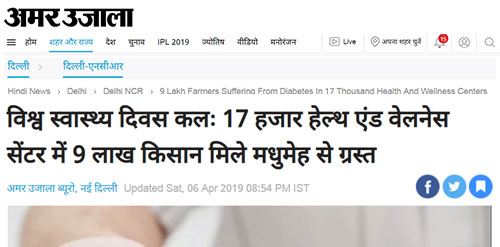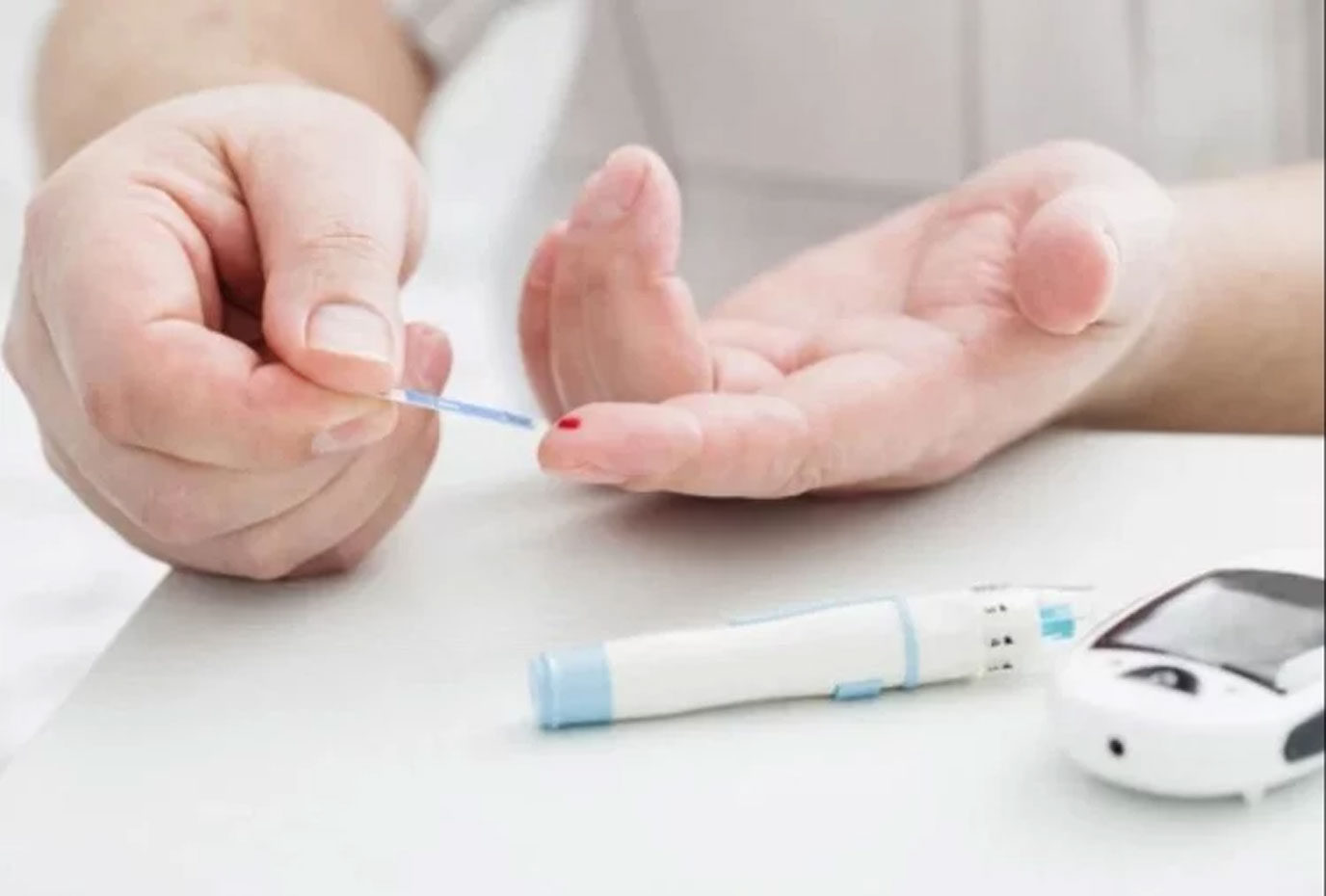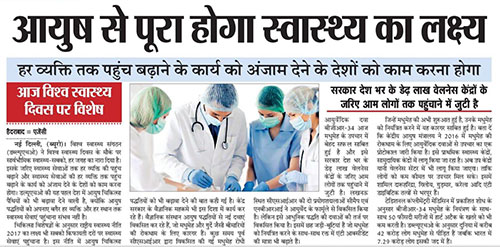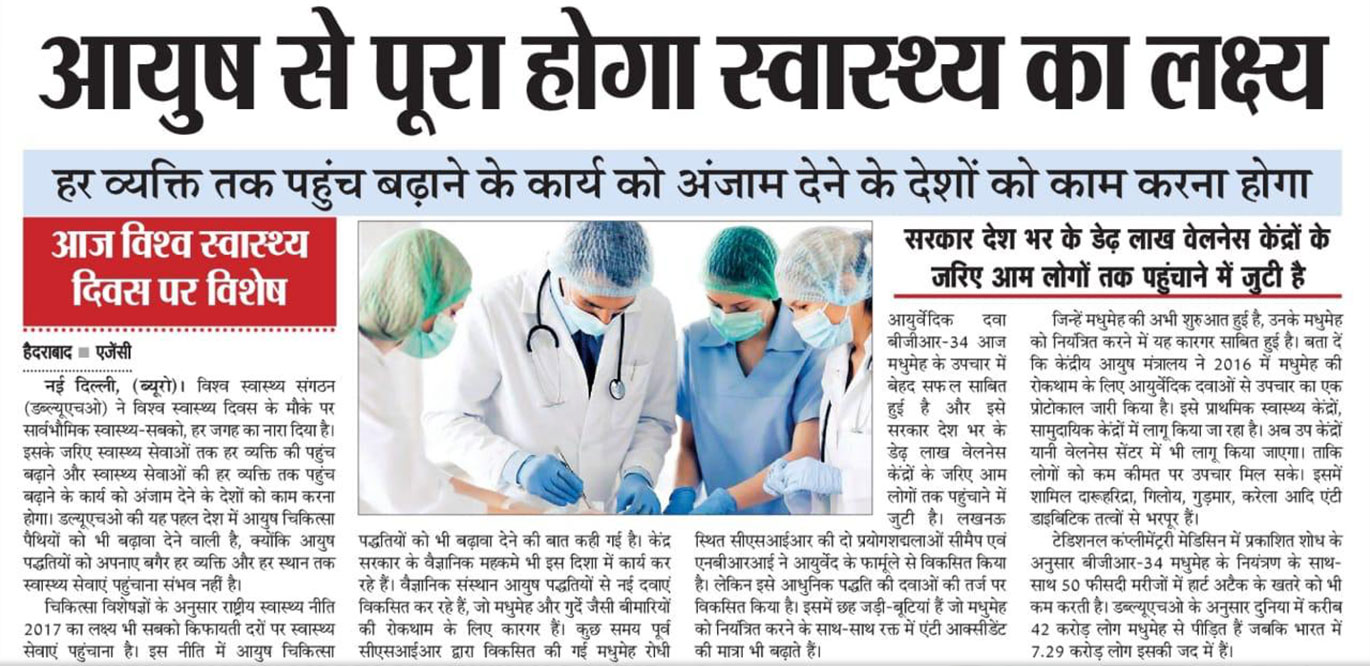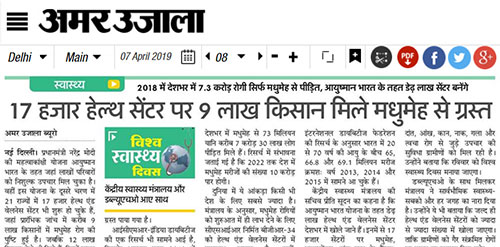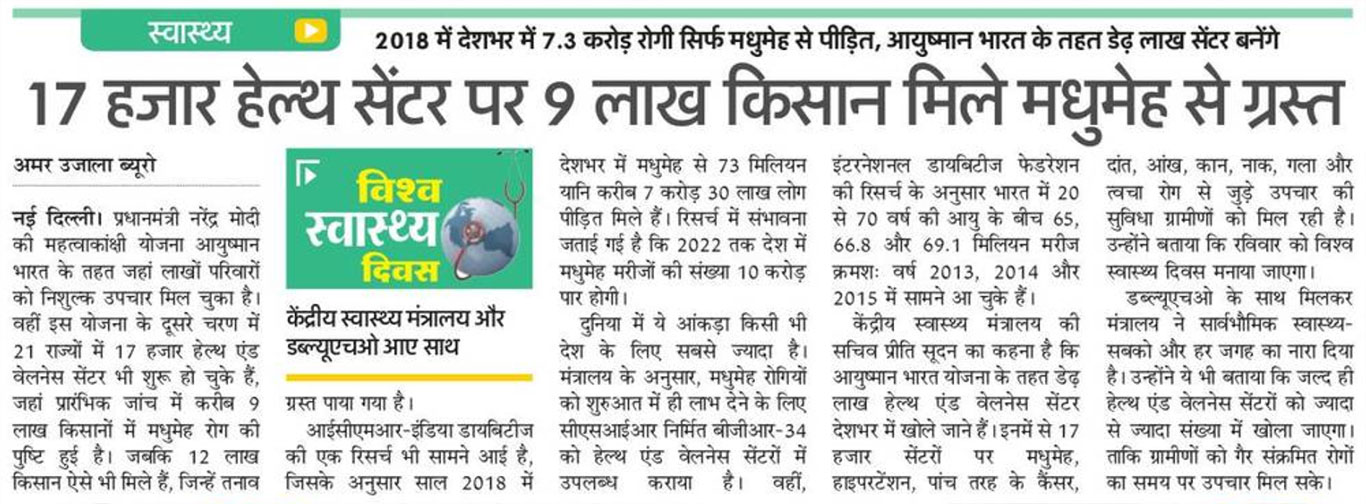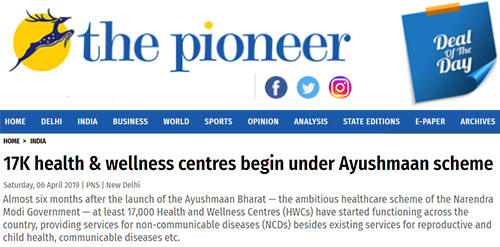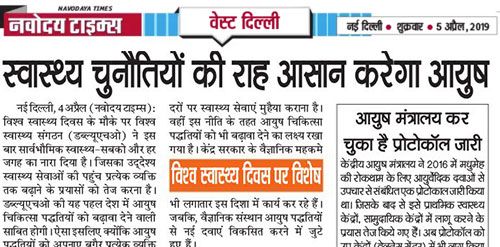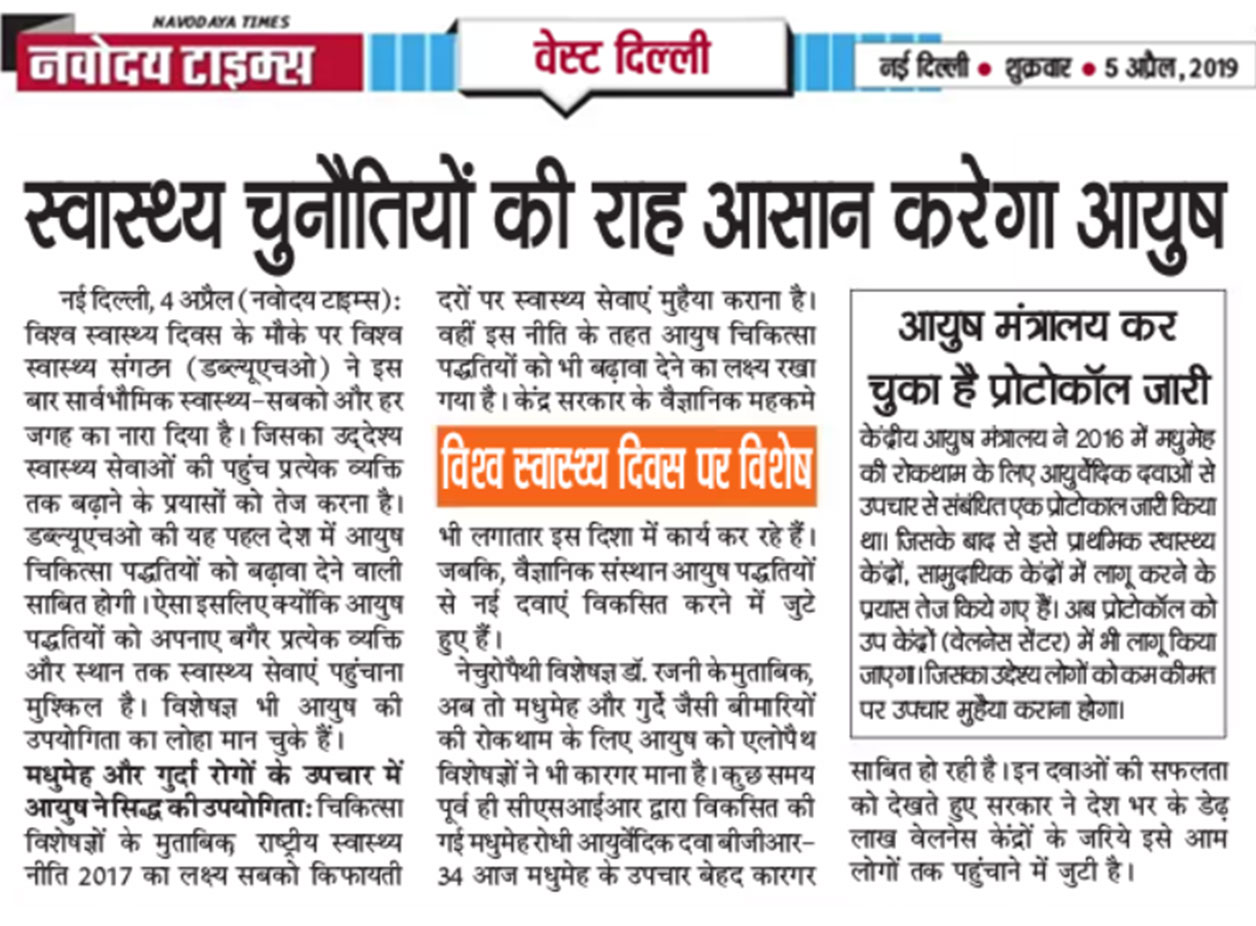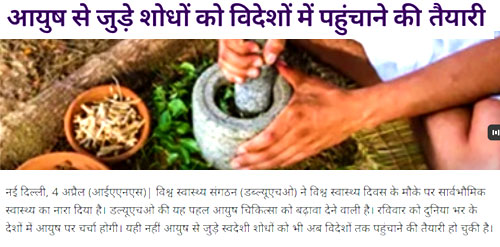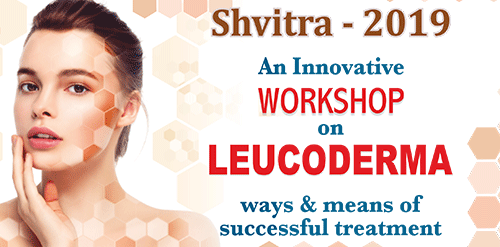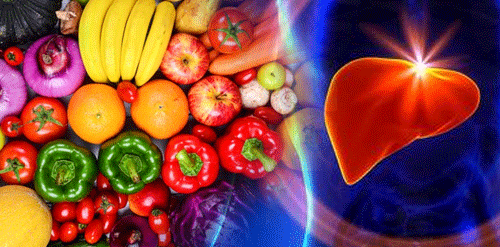Non-alcoholic fatty liver disease (NAFLD) is the build-up of extra fat in liver cells that is not caused by alcohol. It is normal for the liver to contain some fat. However, if more than 5% – 10% percent of the liver’s weight is fat, then it is called a fatty liver (steatosis). It is the most common form of liver disease in children and is one of the common causes of chronic liver disease globally. Prevalence of the disease is estimated to be around 9-32% in the general Indian population, with a higher incidence rate amongst obese and diabetic patients. Asian Indians have a high prevalence of central adiposity and insulin resistance beginning at a young age, with clustering of cardio-metabolic risk markers including high body fat percentage dyslipidemia and fasting glucose.
Sign & Symptoms:
Non-alcoholic fatty liver disease (Non-alcoholic steato-hepatitis) a potentially serious form of the disease, is marked by liver inflammation, which may progress to scarring and irreversible damage and usually causes no signs and symptoms. When it does, they may include: Enlarged liver, Fatigueness including muscle weakness and a lack of energy, Long lasting itching, Pain in the upper right abdomen, lack of appetite & weight loss, etc. Early-stage NAFLD doesn't usually cause any harm, but it can lead to serious liver damage, including cirrhosis and liver failure.
Causes:
The following range of diseases and conditions can increase your risk of Non-alcoholic fatty liver disease (NAFLD), including:
-
High cholesterol
-
High levels of triglycerides in the blood
-
Metabolic syndrome
-
Obesity, particularly when fat is concentrated in the abdomen
-
Polycystic ovary syndrome
-
Sleep apnea
-
Type 2 diabetes
-
Underactive thyroid (hypothyroidism)
-
Underactive pituitary gland (hypopituitarism)
Imaging studies of liver may show fat deposits, but the only way to diagnose fatty liver disease is with a liver biopsy.
Prevention:
To reduce your risk of non-alcoholic fatty liver disease:
-
Choose a healthy diet. Choose a healthy plant-based diet that's rich in fruits, vegetables, whole grains and healthy fats. A study in 2007 in mice found that diets heavy in so-called high-glycaemic carbohydrates (such as white rice, white bread, concentrated sugar, and many prepared breakfast cereals), which get quickly digested, may lead to fatty liver disease. Mice on a high-glycaemic diet received a kind of quickly digested corn starch, while those eating a low-glycaemic diet got a slowly digested corn starch. After six months, the mice in the high-glycaemic diet group had twice as much fat in their livers, blood, and bodies as the rest.
-
Maintain a healthy weight. If you are overweight or obese, reduce the number of calories you eat each day and get more exercise. If you have a healthy weight, work to maintain it by choosing a healthy diet and exercising.
-
Exercise. Exercise most days of the week. Get an OK from your doctor first if you haven't been exercising regularly.
Reversing NAFLD:
A study conducted by Brent Neuschwander-Tetri, professor of internal medicine at St. Louis University, published in the “Journal of Hepatology” demonstrates that weight loss can heal damage to the liver – if a person can shed a certain percentage of body weight. This research "just adds to the accumulating scientific evidence that weight loss improves fatty liver disease," So changing what you eat and starting a regular exercise routine are vital, he says.
Recommended Dietary Tips:
A physician may suggest limiting intake of fats to help prevent or treat NAFLD. Fats are high in calories and increase your chance of becoming obese. Four types of fats are
-
saturated fats, found in meat, poultry skin, butter, lard, shortening, and all milk and dairy products except fat-free versions, restricted in obese & diabetic subjects.
-
trans fats, found in foods that list hydrogenated or partially hydrogenated oil on the label, such as crackers and snack foods, commercially baked goods such as cookies and cakes, and fried foods such as doughnuts and French fries, again restricted in obese, cardio- vascular diseases & diabetic subjects.
-
monounsaturated fats, found in olive, peanut, and canola oils.
-
polyunsaturated fats, found in greatest amounts in corn, soybean, and safflower oils, and many types of nuts. Omega-3 fatty acids are a type of polyunsaturated fat. Sources include oily fish such as salmon, walnuts, and flaxseed oil.
Replacing saturated fats and trans fats in your diet with monounsaturated fats and polyunsaturated fats, especially omega-3 fatty acids, may reduce your chance of heart disease if you have NAFLD.
Also Dominate your food with lots of fruits like Avocado & green vegetables and high-fibre plants like legumes and whole grains. Caffeine appears to lower the amount of abnormal liver enzymes of people at risk for liver diseases.
Treatment:
Non-alcoholic fatty liver disease (NAFLD) is common and may progress to cirrhosis and its complications. The pathogenesis of steatosis and cellular injury is thought to be related mostly to insulin resistance and oxidative stress. Therefore, management entails identification and treatment of metabolic risk factors, improving insulin sensitivity, and increasing antioxidant defences in the liver. Weight loss and exercise improve insulin sensitivity. Bariatric surgery may improve liver histology in patients with morbid obesity. Insulin sensitising drugs showed promise in pilot trials as have a number of hepatoprotective agents.
The other key steps in treatment of NAFLD includes
-
Eating low calories balance diet
-
Avoiding alcohol & other hepato-toxic drugs
-
Increase usage of Vitamins and anti-oxidants
-
Lead a Healthy & Active Life Style
-
To reduce cholesterol or triglycerides
-
To reduce blood pressure
-
Managing to control diabetes
-
Limiting OTC drugs (particularly pain killers),
-
Managing with Liver Corrective Herbal formulations (Amlycure DS) * or Seeing a liver specialist.
References:
1. http://www.cghjournal.org/article/S1542-3565(18)30094-6/abstract
2. http://www.healthline.com/health/fatty-liver-diet#
3. http://www.niddk.nih.gov/health-information/liver-disease/nafld-nash/eating-diet-nutrition
4. http://pmj.bmj.com/content/82/967/315




